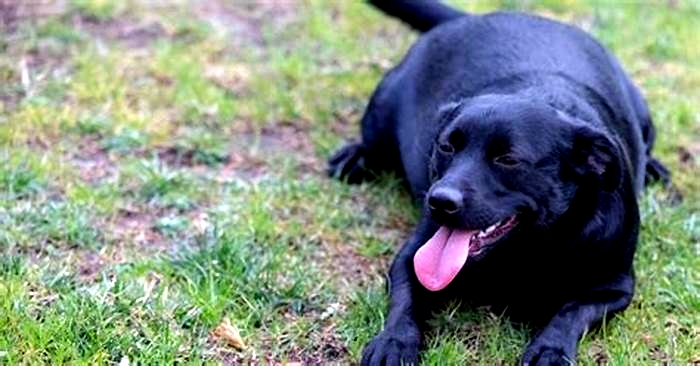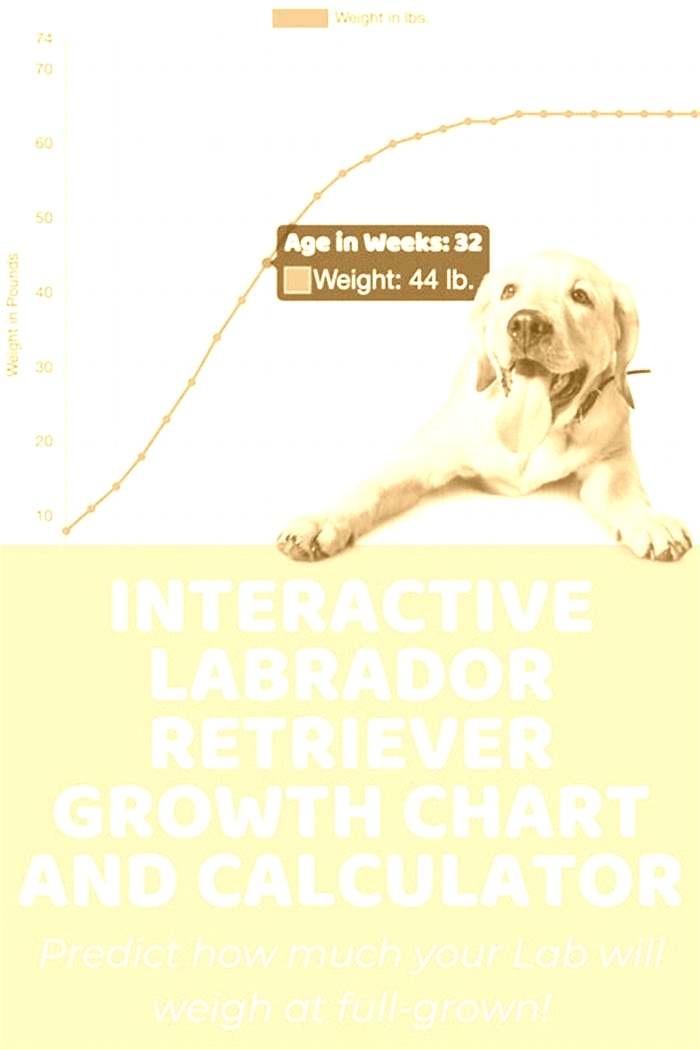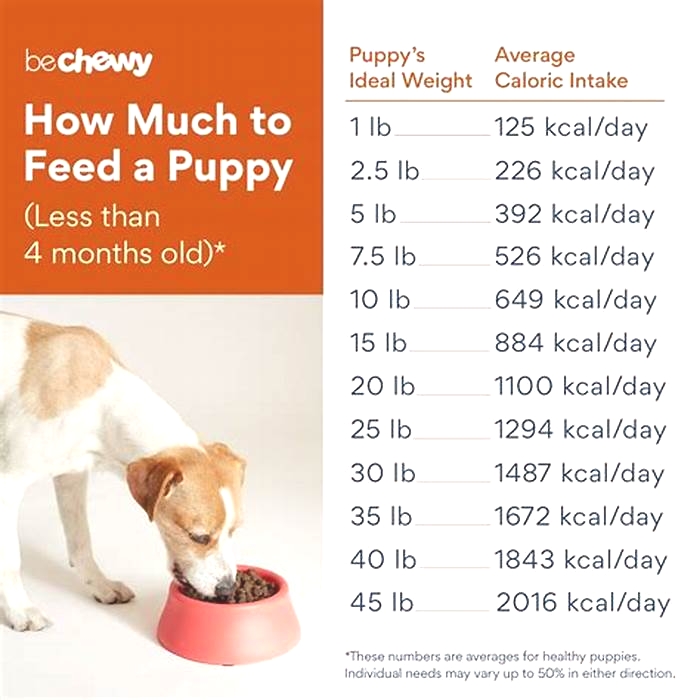At what age are labs fully grown

When Is A Lab Full Grown and How Quickly Will Your Pup Turn Into A Dog?
Last Updated on November 11, 2023 by Linda Richard
If you look at a litter of baby retrievers its natural to wonder when is a lab full-grown and how quickly will your pup turn into an actual dog. The puppy phase for most dogs is as precious as it is short. Fortunately, if you take good care of your pup youll end up with an awesome dog too.
So, when are the main growth spurts of your Labrador retriever and what do you need to know?
When Is A Lab Full Grown and When Do Labs Stop Growing?
Broadly speaking, almost all dogs get to their fully grown size somewhere between the 1 and 2-year mark. Smaller breeds grow faster and can reach their maximum height and (close to) max weight before their 1-year birthday. Giant dog breeds are the opposite and can take up to 3 years to reach full size.
As a mid-sized breed, Labradors usually reach their full size soon after their first birthday typically between the eleventh and thirteenth months. In addition, male labs are a bit larger than females but not by much usually an inch of height and 5-10 pounds of weight.
Of course, always keep in mind that each dog is unique and can grow a bit smaller or larger than the norm. Its perfectly ok if your dog takes a month or two more to reach full size or if its a bit smaller than average.
If the growth delay or size difference is a bit too significant (more than two months and more than two inches) you may want to consult with your vet. Malnutrition and certain health issues may be causing an issue but those are rare. With proper care, your lab should be perfectly healthy and a bit of size difference isnt a problem.
When Will Be The Biggest Growth Spurt Of Your Lab?
The most significant growth period for this breed is between the 3 and 6-month marks. After the half-a-year birthday, the height growth will slow down substantially. This goes for both height and weight, although the weight will also depend on how much you feed your pup. Studies show that a lab can keep gaining a bit of weight up to its fourth year.
Lab Retriever Growth Chart
For a more accurate picture, heres a full chart of the weight and height growth of both male and female labs. As you can see, the average height growth grinds to a halt around the 1-year mark.
The weight can keep going on after that and your lab can keep gaining pounds up to its second birthday. Besides, this is more a matter of filling out rather than growing. Also, the weight is very individual and will also depend on the physical exercise levels and the diet.
| Labrador Retriever Age | Male Lab Average Height | Male Lab Average Weight | Female Lab Average Height | Female Lab Average Weight |
| 2 months | 8 to 12 in (20 to 30 cm) | 10 to 14 lbs (4.5 to 6.3 kg) | 7 to 10 in (18 to 25 cm) | 10 to 13 lbs (4.5 to 6 kg) |
| 3 months | 12 to 15 in (30 to 38 cm) | 22 to 26 lbs (10 to 12 kg) | 10 to 14 in (25 to 35 cm) | 20 to 26 lbs (9 to 12 kg) |
| 5 months | 15 to 18 in (38 to 46 cm) | 33 to 49 lbs (15 to 19 kg) | 12 to 15 in (30 to 38 cm) | 35 to 49 lbs (16 to 19 kg) |
| 7 months | 16 to 19 in (40 to 48 cm) | 51 to 59 lbs (23 to 27 kg) | 15 to 18 in (38 to 46 cm) | 40 to 55 lbs (20 to 25 kg) |
| 9 months | 20 to 23 in (51 to 58 cm) | 57 to 68 lbs (26 to 31 kg) | 20 to 22 in (51 to 56 cm) | 48 to 62 lbs (22 to 28 kg) |
| 11 months | 22 to 25 in (56 to 63.5 cm) | 62 to 75 lbs (28 to 34 kg) | 21 to 23 in (53 to 58 cm) | 53 to 66 lbs (24 to 30 kg) |
| 13 months | 22 to 25 in (56 to 63.5 cm) | 64 to 77 lbs (29 to 35 kg) | 22 to 23.5 in (53 to 59 cm) | 55 to 68 lbs (25 to 31 kg) |
| 15 months | 22 to 25 in (56 to 63.5 cm) | 64 to 80 lbs (29 to 36 kg) | 22 to 23.5 in (53 to 59 cm) | 55 to 70 lbs (25 to 32 kg) |
Read more about:Labrador Weight Chart By Age and Its Many Advantages
Does The Coat Color Matter As Far As When Is A Lab Full Grown?
Whether black, chocolate, silver or yellow, Labrador retrievers tend to grow at the same rate and up to the same size. Therefore, we wont bother with a chocolate or black lab growth chart you can just refer to the general growth chart above. When is a lab full-grown simply doesnt seem to vary depending on the dogs coat.
If we are talking about a Golden Retriever does tend to be a little bit shorter and lighter than labs but not by much. Then again, they are a different breed too.

Read more about:Champagne Lab vs Yellow Lab Differences You Need To Know
Does Neutering A Lab Slow Down Growth?
One of the common questions people have is when should they spray/neuter their labs. Some studies indicate that neutering before the 37-week mark (~8 months) can quicken the dogs growth. Consequently, neutering the pup after that can slow down the growth a bit too. However, the difference is so insignificant that most experts dont recommend paying any attention to it.
Can You Tell How Big A Lab Pup Is Going To Get?
Generally, no. Just as it is with people, a pup can be born small but grow to be extra tall and vice versa. However, it is worth comparing your pup with the rest of its litter. Usually, youll be able to identify one or two larger-than-average and one smaller pup. Most experts recommend getting a mid-sized pup but that is mostly just important for ensuring a well-balanced personality.
So, When Are Labs Fully Grown Exactly?
Height-wise, you can expect your lab to reach its adult size at around the 1-year mark or a little after that. In terms of weight generally up to the second year or even a year or two after that, depending on myriad factors. You can expect some variation from the averages too as long as the dogs diet, exercise, and routine vet check-ups are in order, everything should be fine.
Learn more about:
When Is A Mini Lab Full Grown and How Big Does A Miniature Labrador Get?Labrador Retriever Growth & Weight Chart: Everything You Need To Know
Labrador Retriever Veterinary Costs
Labrador Retrievers can be expensive pets given their propensity to health issues. For instance, if you need to go to the pet emergency room for a foreign object ingestion, the injury costs an average of $1,502 to $1,967 to treat. Hereditary conditions like hip dysplasia in Labs can range from $1,200 and $7,000 per hip, while the average surgery for a cruciate ligament tear costs$3,500 to $5,500.
Without treatment, dogs often experience pain, lameness, and significant arthritis. With treatment, however, the prognosis is favorable, and many dogs can return to their normal activities post-recovery.
Unfortunately, less than 20% of pet ownerssay they can afford a$5,000 veterinaryexpense out-of-pocket, which could leave many people in a pinch should their beloved pet require such care especially for an urgent emergency.
If you have a pet insurance policy for your Labrador Retriever, you'll always be able to focus on what's most important their health and well-being should a new injury or illness ever arise. Pet insurance offers you and your veterinarian the chance to focus on getting your pup the best treatment, rather than worrying about the finances.
It works byreimbursing you for up to 100% of out-of-pocket veterinary costs for services like surgery, hospitalization, lab work, diagnostics, and more. Find a great plan with customized recommendations based on your puppy's needs at Pawlicy Advisor to provide your pup with a long, vibrant life by your side.
When Do Dogs Stop Growing? Labrador Puppy Growth Chart
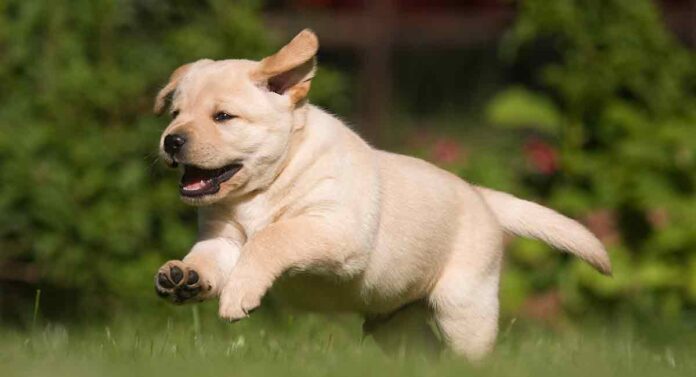
A Labrador puppy growth chart can help you to check your puppys development is on track. Watching your baby Labrador Retriever puppy grow into an adult dog is worrying sometimes, but you can tell whether your puppys growth is on the right track with our Labrador puppy growth chart.
I will share the average Labrador weight, height and general Labrador size at different points of their life. Ill answer all of your Labrador puppy growth questions.
Growth rates depend on a number of factors, including your dogs breed or type, the size of their parents, their diet, age and health. We will help you to use these factors with out Labrador puppy growth chart to predict your dogs final height and weight.
Labrador Puppy Growth Chart
We have a long running thread on our forum, where members enter the weights of their puppies at different ages. The Labrador growth chart below shows the data we have collected, in a Labrador weight chart by age.
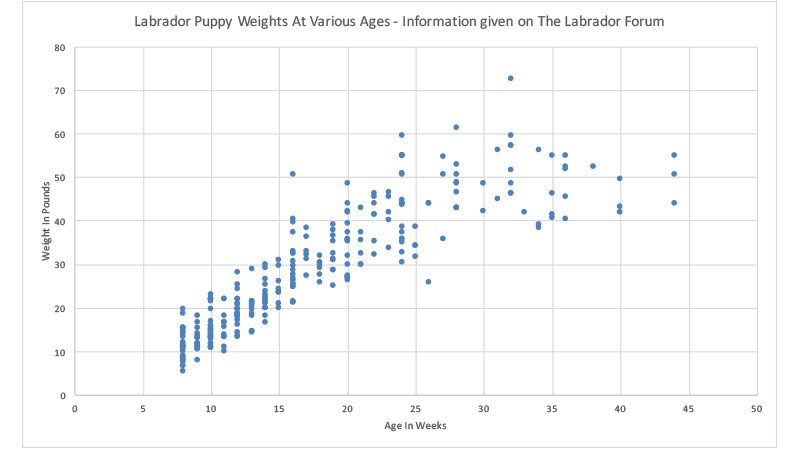
Each dot represents a snapshot in time of an individual puppy. You can find the age in weeks along the bottom of the chart and weight in pounds up the left hand side. You can see how all the dots taken together follow a pattern, but there is still a considerable range of puppy weights at each age.
When Do Dogs Stop Growing?
If your Labrador is four years old, he is not going to get any taller, but what about a two year old Lab, or a one year old? Most dogs stop growing sometime between one and two years old, but it varies between breeds.
When Is A Labrador Fully Grown?
Many dogs are fully grown by their first birthday. Small breeds reach adult height several months before large breeds do, yet dog size varies greatly among individuals, even within the same breed.
Larger dogs are often slower to mature than little dogs, and carry on growing for longer. Small dogs are sometimes fully grown by the time they are 9 months old. Whereas giant breeds can take up to three years to reach full size.
Adult size, temperament, and coat type are all likely to affect energy requirements, and the rate a puppy grows. There is no point comparing your Lab puppys growth with your neighbors German Shepherd Dog puppy.
At What Age Does A Labrador Puppy Stop Growing?
There is very little scientific research but a lot of anecdotal evidence about when Lab puppies stop growing.
In 2004, a UK study following 37 Lab puppies through to adulthood revealed that all of them had reached their adult weight by their first birthday. But more recently, a much larger lifestyle study of over 4,300 UK Labradors found that their weight continued to increase between one and four years old.
When Do Labs Stop Growing?
The Labrador puppy growth chart finishes when the dog reaches adulthood. General wisdom from breeders, vets, and experiences Labrador owners is that Labs stop growing during their second year. But much of your Lab puppys growth will be completed before he reaches his first birthday. In fact, he will be quite close to his final adult Labrador height at around nine months of age. A lot of his growth after this point will be filling out rather than getting taller.
Does color change the Labrador puppy growth chart?
Lab growth rate isnt impacted by their color. Your average chocolate Lab will be adult sizes at the same time as the average yellow or black Lab.
How Quickly Do Labradors Grow?
Our Labrador puppy growth chart shows that all Labrador puppies follow the same breed specific pattern of growth spurts and slower growth, even though the actual numbers on the scale will vary from individual to individual. Youll notice that your Labrador puppy at 8 weeks old or 9 weeks old when they arrive home will quickly change size. The most rapid period of growth will take place in the first month or so after you bring him home.
In 2007, a study of 150 Labrador puppies in Norway found that Labrador weight gain is most rapid at 89 days old in females, and 95 days old in males. So around the 12-14 week mark. And Labradors usually reach half of their adult weight by the time they are 18 or 19 weeks old.
How much do Labs grow after 6 months?
Another trend you can see in our Labrador puppy growth chart is that Lab puppies gain weight much less rapidly after their 6 month birthday. Once your Lab has hit this milestone you can expect them to gain a little height, and probably continue to fill out for up to a year or so. But on the whole, a Lab whos petite at 6 months is likely to be petite all her life. And you neednt worry that a boy who already weighs 50lbs at 6 months is going to end up the size of a Great Dane!
Another important milestone to look out for after 6 months is the completion of upward growth. In other words, the point when you Lab stops getting any taller. This is the point at which your dogs bones stop growing, and most experts feel it is safe for them to begin long runs and activities involving jumping without damaging their joints.
Dont assume that your dog will stop growing upwards when they reach the height on the Labrador breed standard though. It is estimated that in the UK the average height at the shoulders of a male Lab is around an inch taller than the breed standard.
Will my dog still grow after being neutered?
Its possible that an early neutered dog will be a little behind on the Labrador puppy growth chart. But its not a certainty.
Whether or not dogs should be routinely spayed or neutered is a subject which divides opinion.
A 2017 study found that neutering before 37 weeks old is linked to very slightly more rapid growth, and neutering after 37 weeks leads to very slightly slower growth. But the difference was very small, and the researchers emphasized that it doesnt require special planning.
Average Lab Weight
Adult Lab weight as shown on the Labrador puppy growth chart show that how big a Lab gets varies. But you want me to give you some numbers, so here are some averages.
- Many adult female Labradors reach a weight of 55-75lbs and stand 21-22 inches high at the shoulder.
- Many adult male Labradors reach a weight of 65-85lbs and stand 22-23 inches at the shoulder.
But remember, your dog is probably not an average dog!
Can you always predict size with a Labrador puppy growth chart?
These Labrador height and weight numbers are broad guidelines.
How big your Labrador will get depends partly on his parents. Assuming that your puppy had slim parents, their own weights will give you an idea of how big your Lab is likely to grow.
American Labrador puppy growth
Show bred English Labs are often heavier in build and bone than field bred American Labs, which tend to be more racy in appearance.
Small parents
Size is also partly genetic. If your puppy had small parents he might well be on the small size for his age, throughout his life. But even puppies from the same litter can vary quite considerably in size when plotted on a Labrador puppy growth chart.
How much should my Labrador puppy weigh?
Many average Labrador puppies weigh just over two pounds for each week of age. So on the Labrador puppy growth chart at around three months such a puppy might weigh 25lbs, and at six months theyll reach 50lbs.
It is rare for puppies to have any kind of growth disorder. Or for their families to starve them by mistake! If you cant see your puppys ribs and he is bouncy and full of fun, the chances are he is just a small puppy.
Is my puppy is too fat or too thin?
The very best guide to whether a puppy is the right weight for him, is how he looks and feels. Not where he falls on an average Labrador puppy growth chart.
Physically examining and observing your puppy will help you decide if they are doing ok in this respect. Just like older Labradors, puppies should not be too heavy. Most experts nowadays like to see a waist on even quite young puppies.
Overfeeding puppies doesnt just make them roly-poly plump. It causes their bones to grow too rapidly as well. And this may result in painful skeletal abnormalities in later life. Chubby Lab puppies might be plotted higher than average on the Labrador puppy growth chart, but if they are a shorter stature they could be following the line.
Run your hands gently down your puppys sides and you should be able to just feel his rib cage. If you can see his ribs, or feel them very easily just beneath his skin, your Labrador puppy is too thin. But if you cant feel them at all, he might be a little overweight. If in doubt, check with your veterinarian.
My dog weighs 35lbs at six months old. Is that OK?
This is the most common variation we receive on how much should my puppy weigh? People share their puppys weight and age, and want a Labrador puppy growth chart to tell them it is ok. I mentioned above that an average Labrador might weigh around 50lbs at six months old. But there is huge variation around this figure.
To illustrate how much very healthy puppies may vary, there are 6 month old Labs on our forum weighing 30lbs, and others weighing 60lbs! These are very different points on the same Labrador puppy growth chart, but could both be healthy animals.
 (paid link)
(paid link)What age does a puppy turn into a dog?
Maturity or being an adult is not just about growing bigger. There are three aspects to changing from puppy to dog:
- physical maturity
- sexual maturity
- and mental maturity.
Sexual maturity in puppies
Puppies become sexually mature before they are full grown. These sexually mature pups still belong on the Labrador puppy growth chart, and will gain weight and height. Most Labradors are physically capable of breeding while still puppies. Though of course they should not be allowed to do so. Many female Labradors come into season for the first time between at between six and nine months old. Though some will be over a year old. And most male Labradors are ready and willing to mate well before their first birthday!
Mental maturity in puppies
Not only is your Labrador physically still a puppy when he or she reaches sexual maturity. He is also very much a puppy mentally and emotionally. In fact, many experts do not consider a Labrador to be fully grown up and mature until they are around two years old.
In practice, there is no exact age at which you can definitely say your puppy is a grown up. Some puppies mature mentally and physically quicker than others. As a broad guide, you will often hear people use 18 months as the divide between Labrador puppy and adult dog.
The Labrador Site Founder

Pippa Mattinson is the best selling author of The Happy Puppy Handbook, the Labrador Handbook, Choosing The Perfect Puppy, and Total Recall.
She is also the founder of the Gundog Trust and the Dogsnet Online Training Program
Pippa's online training courses were launched in 2019 and you can find the latest course dates on the Dogsnet website







